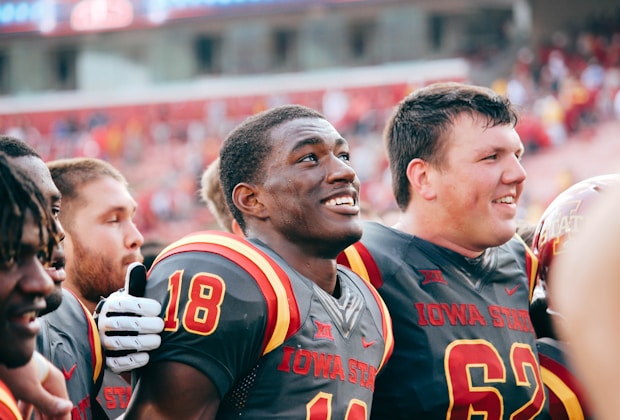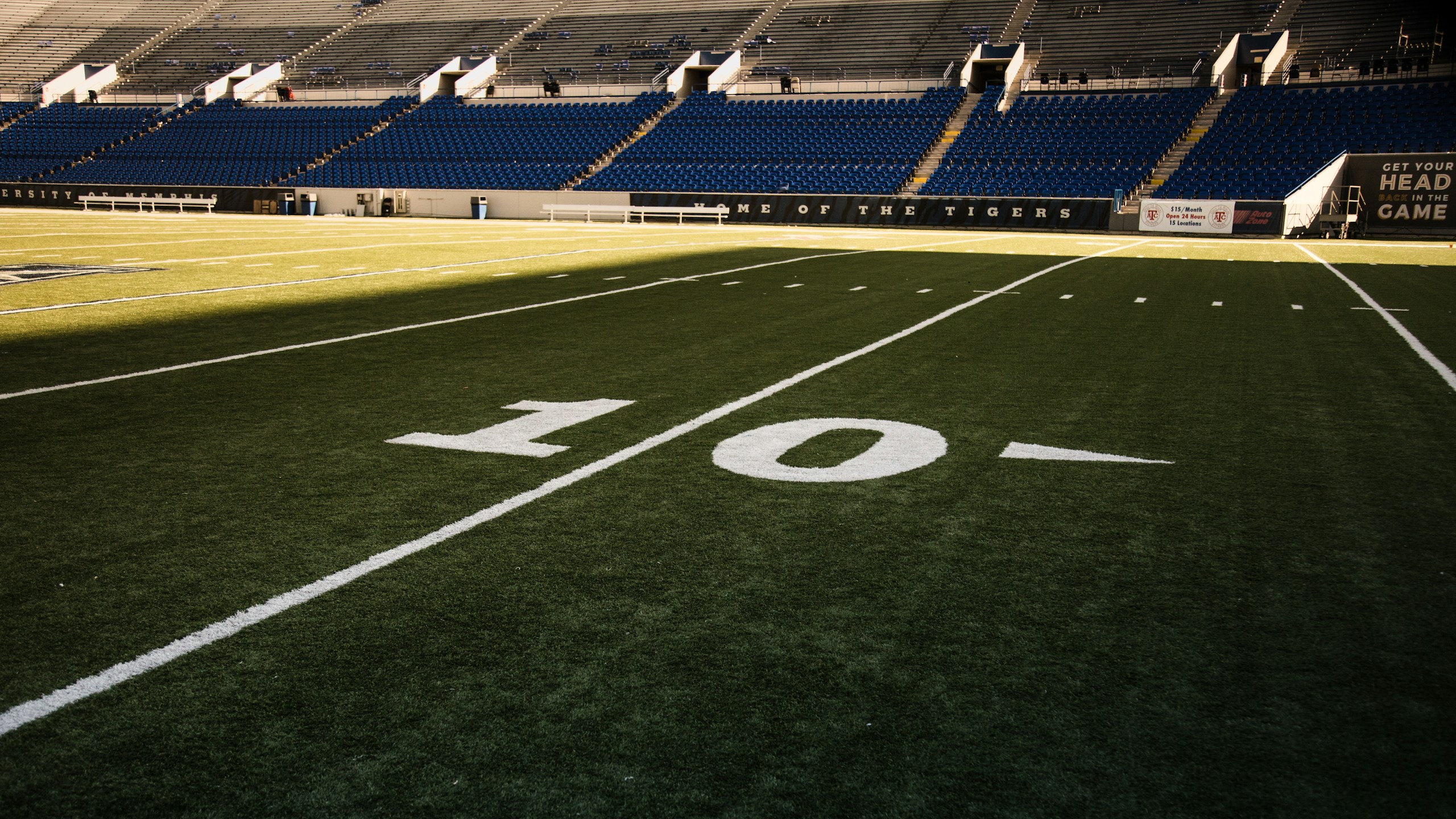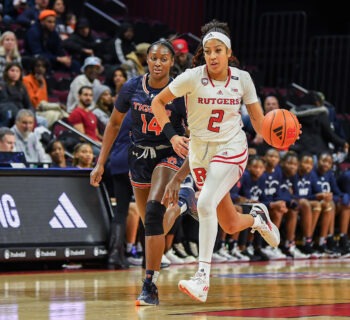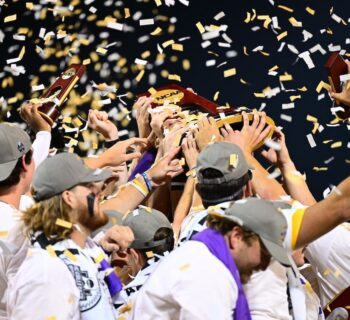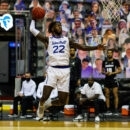More than the latest draft picks and the season updates, the collegiate sports scene has been dominated by one keyword: NIL. Ever since the National Collegiate Athletic Association (NCAA) made the decision regarding athlete pay through an interim NIL policy earlier this year, college athletes can now pursue endorsement deals, sponsored content, and other forms of compensation stemming from the monetization of their name, image, and likeness (NIL).
Now that the drastic change regarding these intellectual property monetization, one question lingers as the floodgates open: how much is NIL worth to student athletes? The short answer is potentially a lot. However, it comes from a variety of sources and is determined by a variety of factors. Here’s a quick breakdown to help you understand just how promising NIL deals could be for student athletes.
Painting the NIL picture
According to collegiate sports portal AthleticDirectorU, video game publisher Electronic Arts paid about $40 million to over 29,000 current and former athletes. This translates to an average of about $1,200 for every student athlete, with the highest payment pegged at $7,200. This is affected by the number of games they played in as well as their exposure in each of these games. In the video game industry, licensing fees to major sports leagues are usually between 10 to 15 percent of a game’s revenue.
The same article cited a report that the NCAA football game was able to make about $80 million in revenue from about 2 million units sold. Take 15% of that revenue then divide it among approximately 11,000 student athletes from the Division I-A collegiate football and you end up with a little over $1,000 per student athlete.
This is from video game licensing alone. Like professional athletes, college players can also benefit from lending their NIL for apparel licensing deals. In 2015, Nike signed an 8-year licensing deal with the NBA for $1 billion. This translates to a value of $125 million. Divide that with the 450-man roster of the entire basketball league, and you get approximately $275,000 per player, per year. In the college basketball level, the average value is about $8,000,000. When divided by the average of 750 college athletes, comes down to $10,000 per student athlete per year.
Of course, these are just estimates to create a ballpark figure for the worth of NIL to student athletes. There are other ways where they can profit off their name, image, and likeness. With the rise of cryptocurrency, so did the market for non-fungible tokens (NFTs). These may come in the form of photos, videos, music, or even in-game items – all embedded with a specific piece of codes that make them virtually unstealable and unique in cyberspace. There are platforms available that help student athletes in earning NFTs from NIL, which in turn could be sold for lots of cash in value. It can be an artwork featuring their likenesses or the original copy of a viral post showing a critical play they made. However, since there’s no price regularization going on with NFTs, it’s difficult to estimate how much these young athletes can potentially earn from NFT licensing deals.
Factors affecting NIL value
There are different factors that affect the value of NIL for a student athlete. Most of them, at their very core, have something to do with how profitable the character is. To have a better grasp, here are some considerations that help determine the worth of licensing deals available to college athletes.
Athletic record
More than the school or the looks, an athlete is largely valued based on how good they are at the sport. For student athletes, their star factor is usually assessed even before they start college. This includes their performance and achievements from their high school years. Usually, brands invest in promising young athletes they believe will achieve greater heights in collegiate athletics.
Social media reach
If you’re a sports fan, you probably know how large the sports community is. This applies to collegiate level, seen by the social media following of its rising stars. For a brand, licensing deals are often integrated with marketing strategies to raise brand awareness and ultimately lead to more sales. The more popular a college athlete is, the more people see his posts, and the more sway he has over them.
Brand management mechanisms
Some student athletes are naturally charismatic, while some are once-in-a-generation geniuses at their sport – these kids seemingly create their own brands naturally. However, others carefully craft their presence in the field with a mix of their athleticism and guidance from professionals such as their coaches or an agent specifically signed to help them in this manner. These people can help broker a better deal for the student, highlighting their strengths in the game while helping develop a specific branding that works for everyone involved.
Conclusion
While it’s pretty impossible to put an exact price tag to a student athlete’s NIL, there’s little doubt that these college players can earn a lot now that the NCAA has allowed them to monetize their name, image, and likeness in a variety of ways. Now that brands and student athletes have begun signing up for NIL licensing deals, it can even impact college athletics and multiple industries as we know it. For now, we can expect schools and athletes to benefit from it, with the NCAA adapting to the changes as it sees fit.
- Rutgers Women's Basketball Officially Adds 'Rare Talent' Kiyomi McMiller - April 18, 2024
- Jersey Native Sets ACC Freshman Scoring Record - February 29, 2024
- Rutgers Spring Sports Off To Fast Start - February 12, 2024

